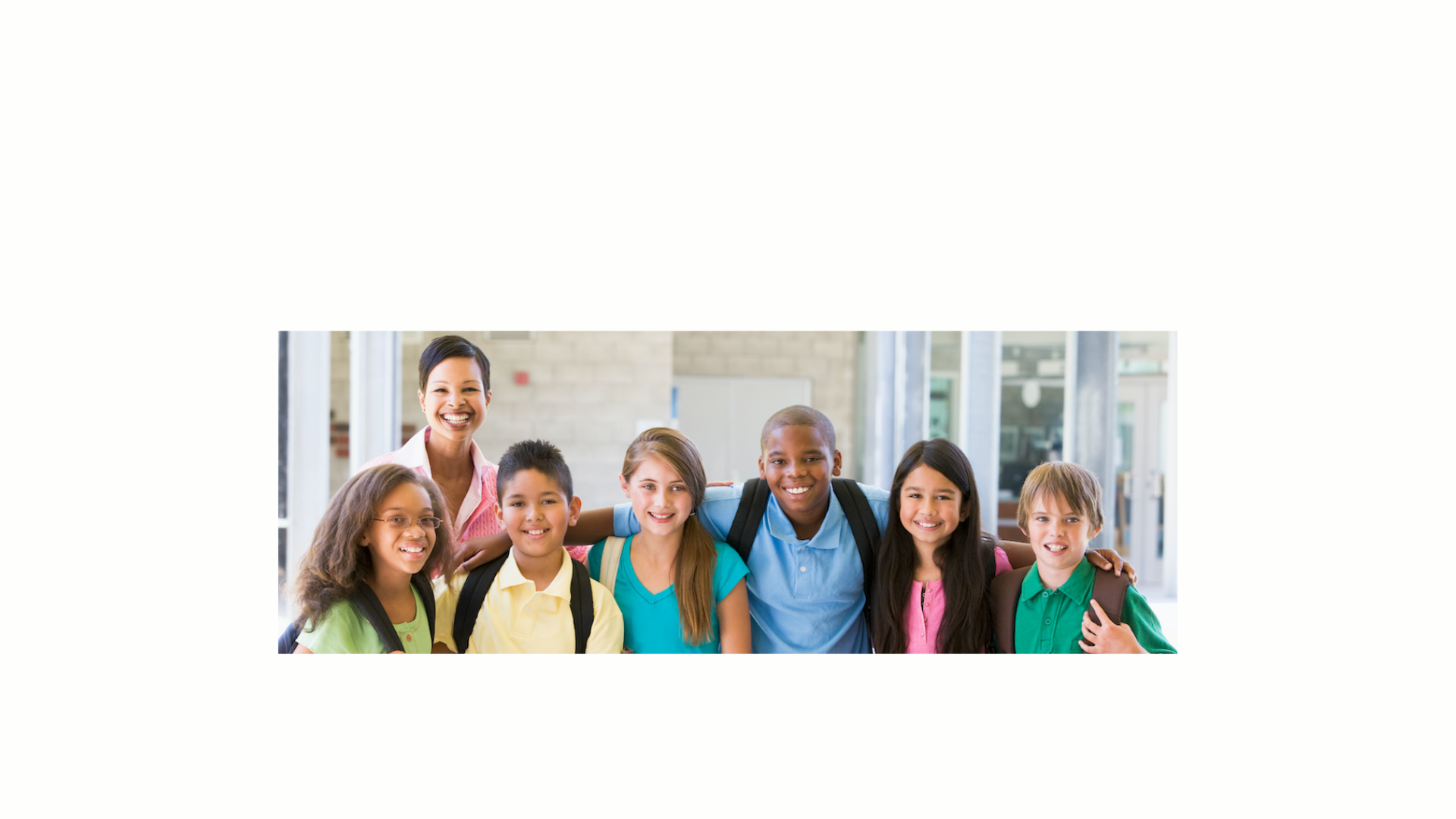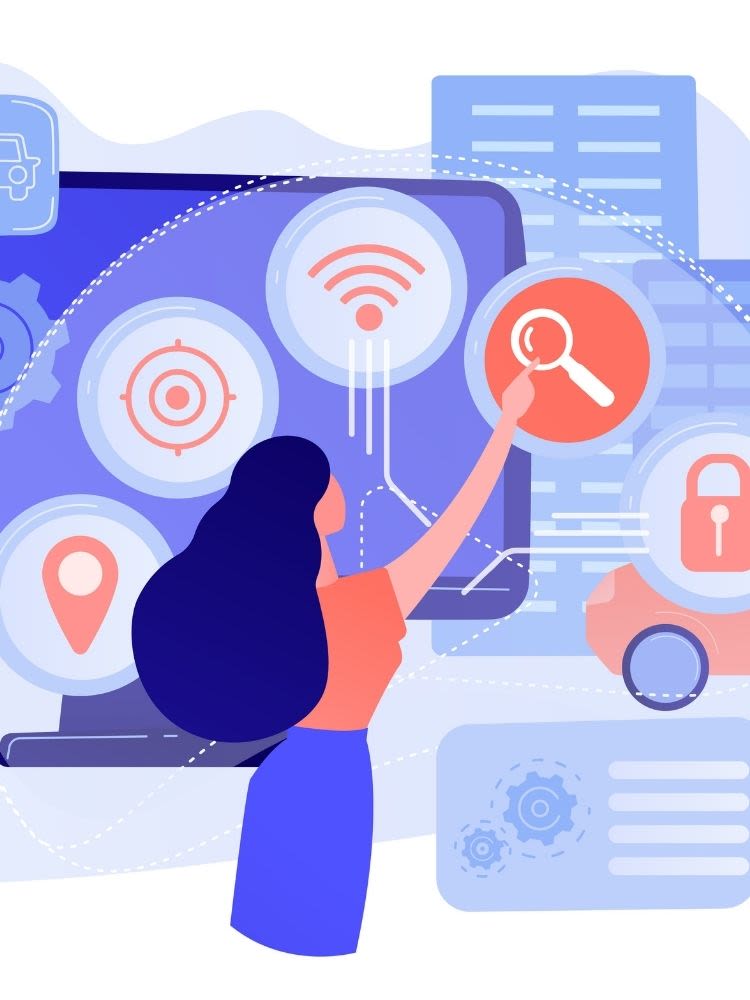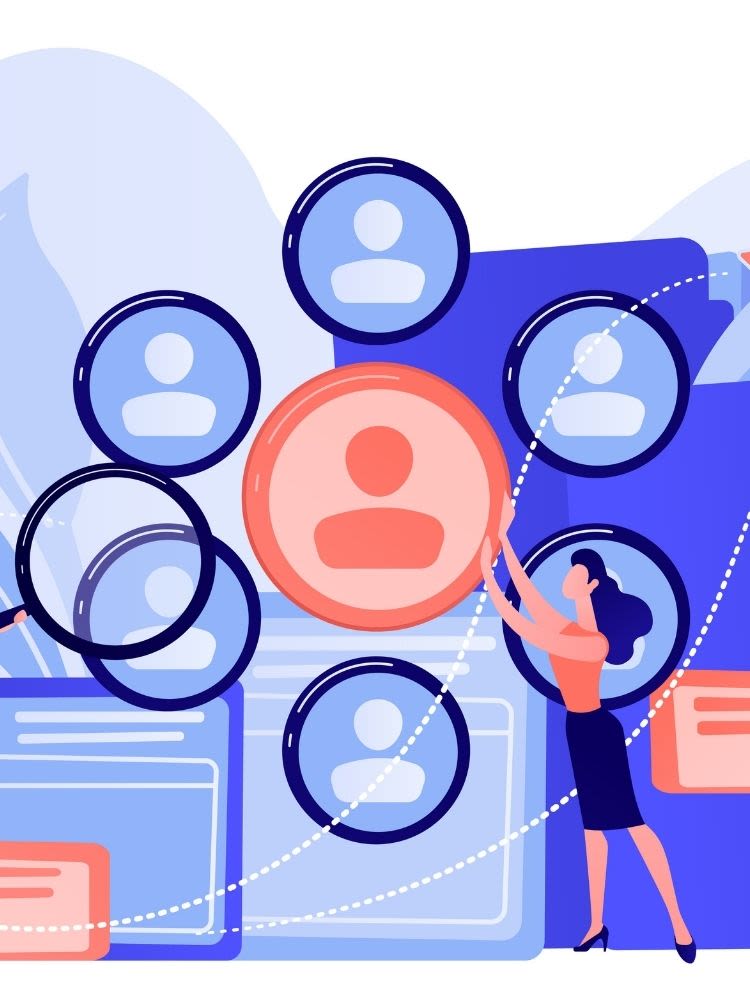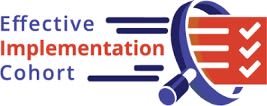SIGnetwork: March 2022

News You Can Use

Annual Performance Report Packages (APR/continuation report directions) have been sent to Project Directors. If you have not received yours, please contact your Project Officer. Additionally, you can find the package and the recorded informational webinar here.
OSEP’s Project Directors’ and Leadership Conference will again be virtual. Please register and mark your calendars for July 19-21.
Are you receiving the OSEP Update? Hear from the new OSEP Director, Valerie Williams, and receive the OSEP and Department of Education highlights, while you learn about great OSEP-funded resources and important data. Click here to subscribe.

OSEP is currently welcoming applications for three competitions in the Educational Technology, Media, and Materials for Individuals with Disabilities (ETechM2) program area. Find more information for all these competitions on the New OSEP Funding Opportunities webpage.
- New Competition for Innovative Technology-Based Approaches for Assessing Children With Disabilities (84.327V). Please see detailed application information in the Notice Inviting Applications for 327V posted in the Federal Register on 3/3/22. The application package is available at on Grants.gov. We also have instructions for new discretionary grants applicants and will soon be adding a 327V informational webinar here: Informational Webinars for OSEP Funding Opportunities | OSEP Ideas That Work
The 327V Notice Inviting Applications was published March 3, 2022 and applications are due May 2, 2022. The contact is Rebecca Sheffield (Rebecca.Sheffield@ed.gov; 202-245-6725). - Stepping-Up Technology Implementation (84.327S). For the FY 2022 competition, this priority is Supporting Early Childhood and K-12 Educators of English Learners (ELs) with Disabilities and ELs at Risk to Deliver Literacy Instruction Based on the Science of Reading. Please see detailed application information in the Notice Inviting Applications for 327S posted in the Federal Register on 2/22/22. The application package for 327S is available at on Grants.gov. We also have instructions for new discretionary grants applicants and a 327S informational webinar here: Informational Webinars for OSEP Funding Opportunities | OSEP Ideas That Work
The 327S Notice Inviting Applications was published February 22, 2022 and applications are due April 25, 2022. The contact is Richelle Davis (Richelle.Davis@ed.gov; 202-245-7401). - Educational Materials in Accessible Formats for Eligible Children and Students with Disabilities (84.327D) Please see detailed application information in the Notice Inviting Applications for 327D posted in the Federal Register on 2/9/22. The application package for 327D is available at on Grants.gov. We also have instructions for new discretionary grants applicants and a 327D informational webinar here: Informational Webinars for OSEP Funding Opportunities | OSEP Ideas That Work.
The 327D Notice Inviting Applications was published February 9, 2022 and applications are due April 11, 2022. The contact is Carlene Reid (Carlene.Reid@ed.gov; 202-245-6139).



SPDG Success!

The Pennsylvania State Personnel Development Grant (SPDG), Middle School Success: The Path to Graduation (P2G), provides intensive, ongoing professional development and coaching using evidence-based instructional and adult learning practices to build the capacity of schools to address the academic and behavioral needs of middle school students with disabilities, in particular, students identified with emotional and behavioral disorders. P2G has built the capacity of 77 school teams from across the commonwealth to support middle school students in achieving high school graduation. These evidence-based practices include Check & Connect, Transition Discoveries, and Strategic Instructional Model (SIM). P2G has trained 120 administrators, 134 coaches, and 231 school personnel on these evidence-based interventions.
Over 1,000 students with emotional and behavioral disorders have directly benefited from P2G. Drawing from Early Warning System (EWS) data on students’ attendance, behavior, and course performance, students are identified as “on” or “off” track towards graduation.
If a student is identified as “off” track, they receive intensive, evidence-based interventions to attend to their unique needs. Patterns in the EWS data suggest that more students have been identified as “on” track over time based upon improvements in their attendance, behavior, and course performance data.
Likewise, based upon Practice Profile data, which is a tool for an external rater to assess teams’ problem-solving practices, after participating in P2G, school teams are more likely to engage in successful team meetings around data analysis and decision-making to better support students with emotional and behavior disorders.
Additionally, below are a few anecdotal reports that P2G school personnel have shared regarding the impact of P2G on their school’s practices and students.
Across the board, we have seen improvements with all students in the P2G program.
One of our students came from a partial hospitalization program and was included in P2G. She had not been with her peers for quite some time when she had returned and was lacking social connection. She started working with a guidance counselor as a mentee with Check & Connect. She was able to find a meaningful connection at school. She became independent, found her voice, and even volunteered for the school musical. The relationship the Check & Connect mentor made with the family held her accountable and added to her success at school. She is now in the majority of regular education classes and maintaining great attendance and grades!
As a team, we have truly focused the middle school to not only appropriately addressing students of need, but truly understanding the why. We have worked very diligently to ensure a team mentality is the approach used when addressing student needs. The P2G program, in the utilization of the EWS data, has provided a more strategic way to have student-focused and centered discussions that lead to true intervention. Through the use of a rating scale, we have adapted discussions to understand the level of needed intervention; this has been a very effective addition to our meetings and action. Finally, we have utilized the strategies learned to expand to multiple levels in the school district. We truly appreciate the opportunity that P2G has provided!
We have had several students who have shown tremendous growth in the program. We are also getting better at early identification of additional students who can benefit from P2G supports.
We had one student in particular that really utilized the SIM program, specifically Socially Wise, and the interaction with his family was also helpful because it turned out his entire family was able to benefit from the early intervention and warning system with his younger siblings. We also had that connection with his guardian due to the parent involvement and meeting specifically to monitor students on the Early Warning System.

Improving Professional Learning

Effective Implementation Cohort Readiness Resource

Prepared for the Bill & Melinda Gates Foundation by Caryn Ward, Ximena Franco-Jenkins, Collin McColskey-Leary, Yolanda Perkins, and Stephanie Kennedy, NIRN
Native Connections Training and Technical Assistance Self-Assessment
Readiness Assessment for Participating Sites
Looks at (selected):
- Infrastructure, staff hiring, and training.
- Identifying potential community stakeholders and advisory group membership
- Community assessment and readiness
- Youth engagement and youth leadership development
- Developing strategic action plans
- Implementation best practices
Research Roundup

Results indicated a functional relation between the introduction of instructional choice and increases in the academic engagement for the three students. Teachers and students rated the intervention goals, procedures, and outcomes as acceptable.

Making Your Work Easier

Reading is Fundamental has freely available lessons, passages, and other materials that support empathy and understanding in its Diversity, Equity, and Inclusion Collection.
Tar Heel Reader | Books for beginning readers of all ages
This OSEP-funded resource is great for beginning readers at any age. Choose from books such as “Pig the Pug is Learning to Share” and “20,000 Leagues Under the Sea”. These books can also be read using switch technology.


Spotlight on OSEP/TA

Tip Sheet Series: Evaluating the Implementation of Evidence-based Practices
This tip sheet series provides concise guidance for collecting and analyzing high-quality data on the implementation of evidence-based practices. The content was designed for staff of state and local early intervention (IDEA Part C) and preschool programs for children with disabilities (IDEA Part B 619), but it is relevant for anyone evaluating the implementation of evidence-based practices.

Making the Most of Parent Involvement Data: Improving Quality and Enhancing Understanding
This DASY Center toolkit supports data collection, analysis, and use focused on family engagement.
Podcasts of the Month

S7 E7: CEC Reflections on Disability with Joan McDonald
Dr. McDonald shares stories of self-advocacy and the difference student-led IEPs have made for children and teachers.
Tip 25: Hexagon Tool & Practicing the Pause
Two guests from the Michigan Department of Education and University of Michigan share how they used implementation science to address the equity gaps in implementing the InPact at School program and how the Hexagon Tool was used as part of the selection process with local schools. This pair is passionate, and the conversation is inspirational! #practicethepause
If You Have the Time


